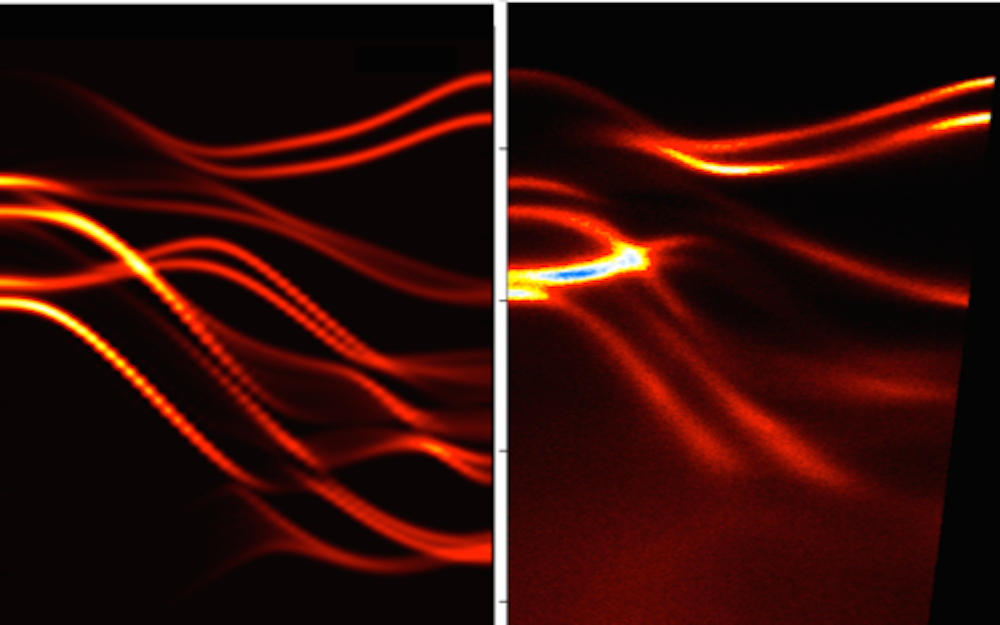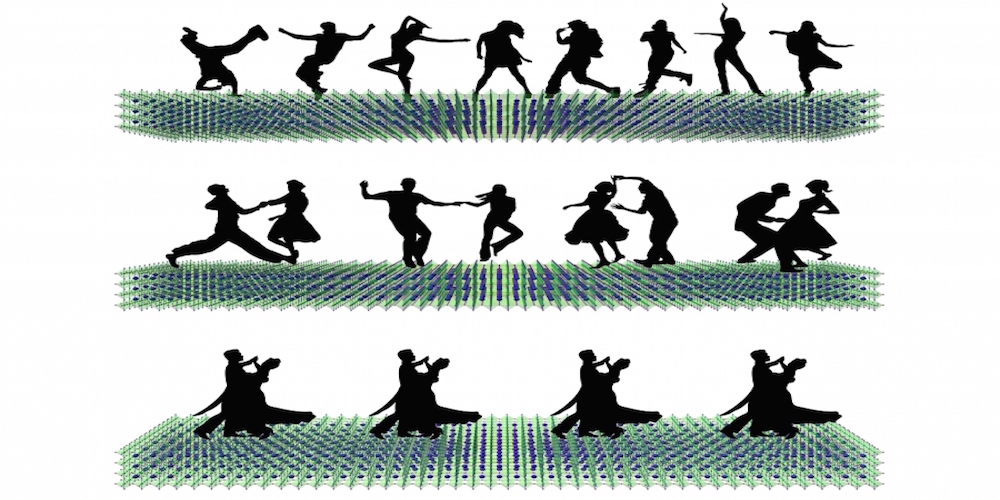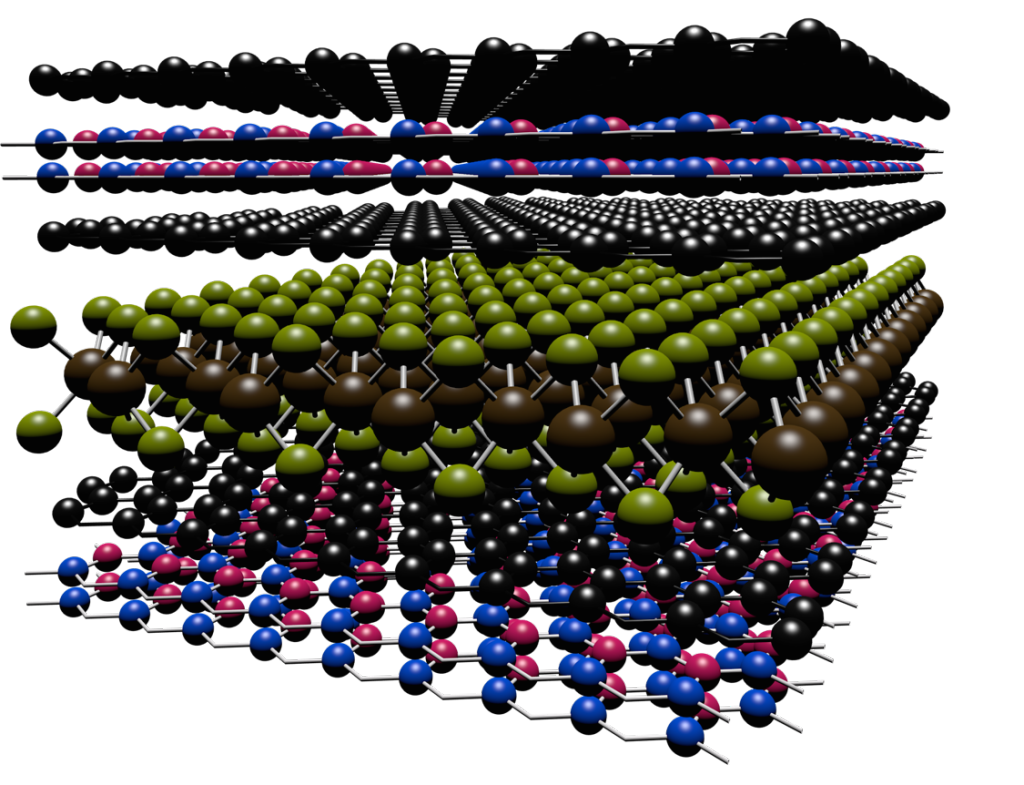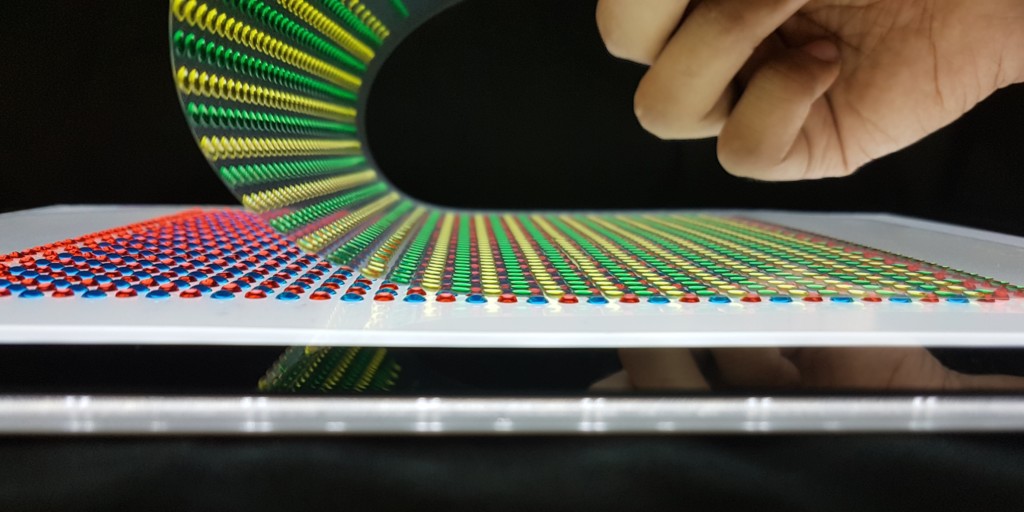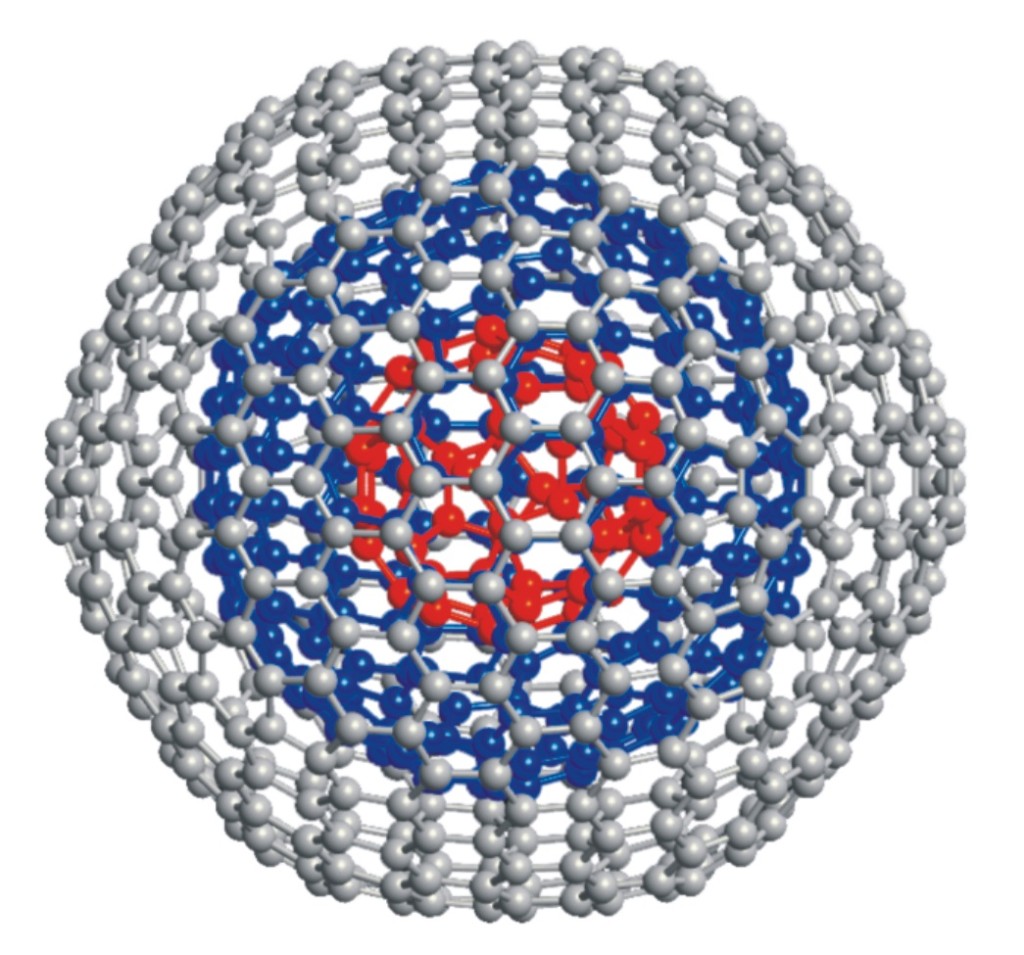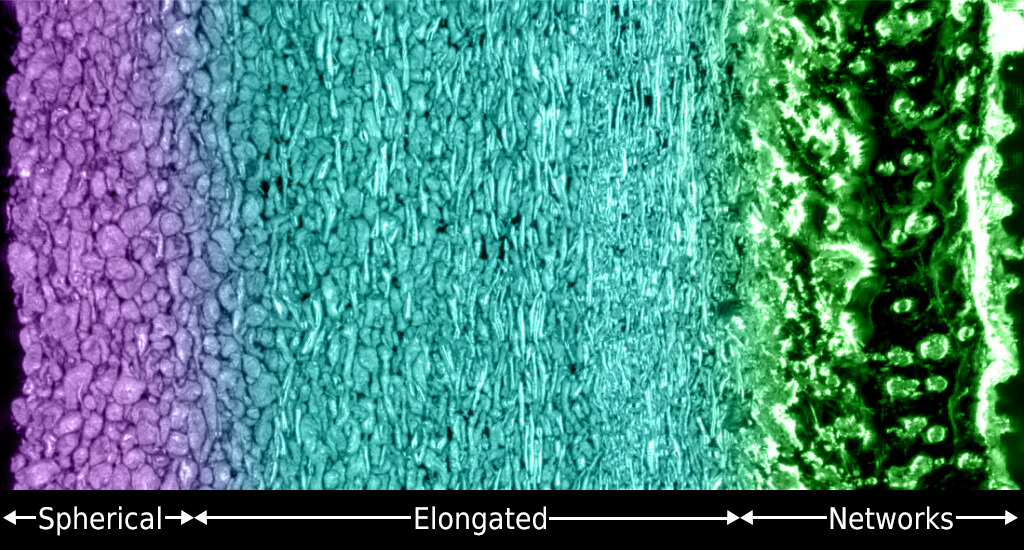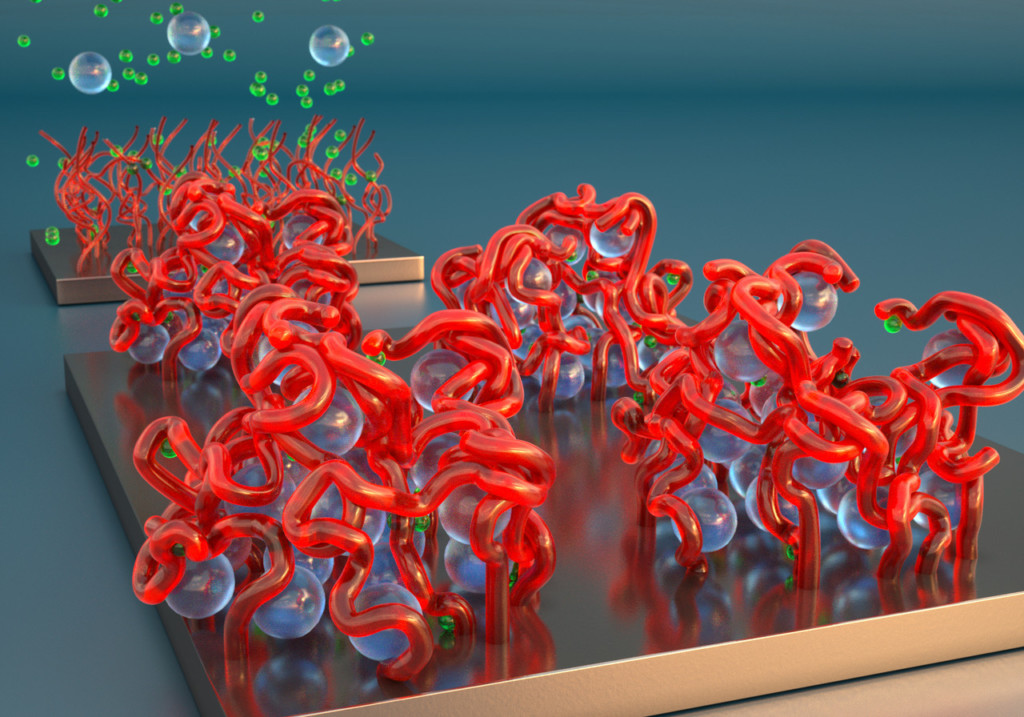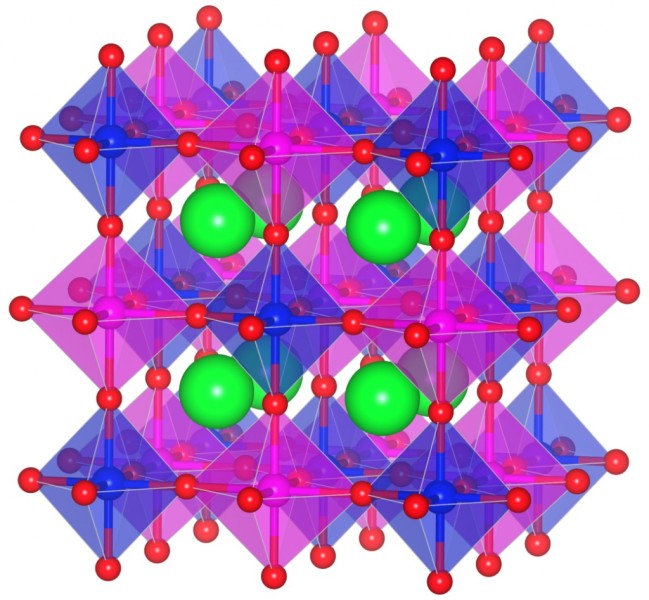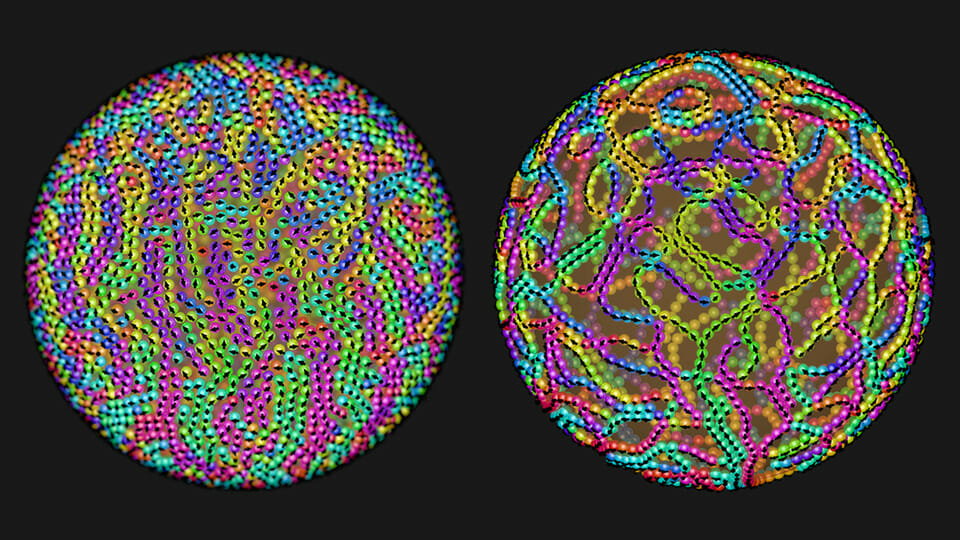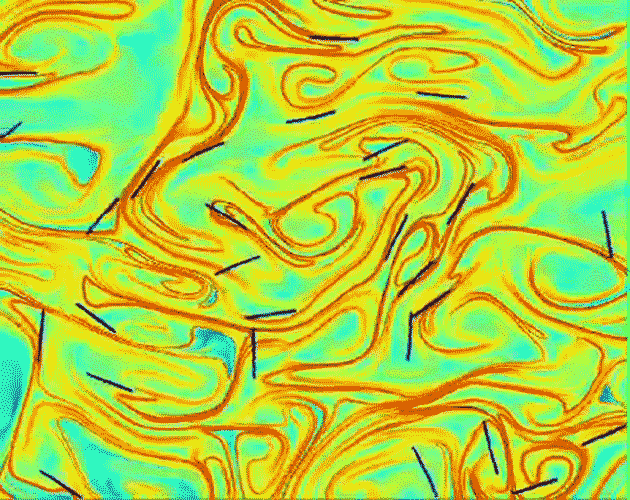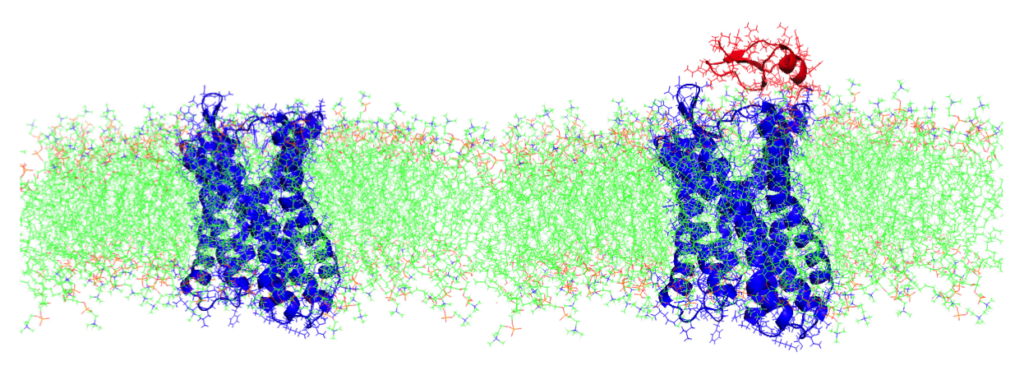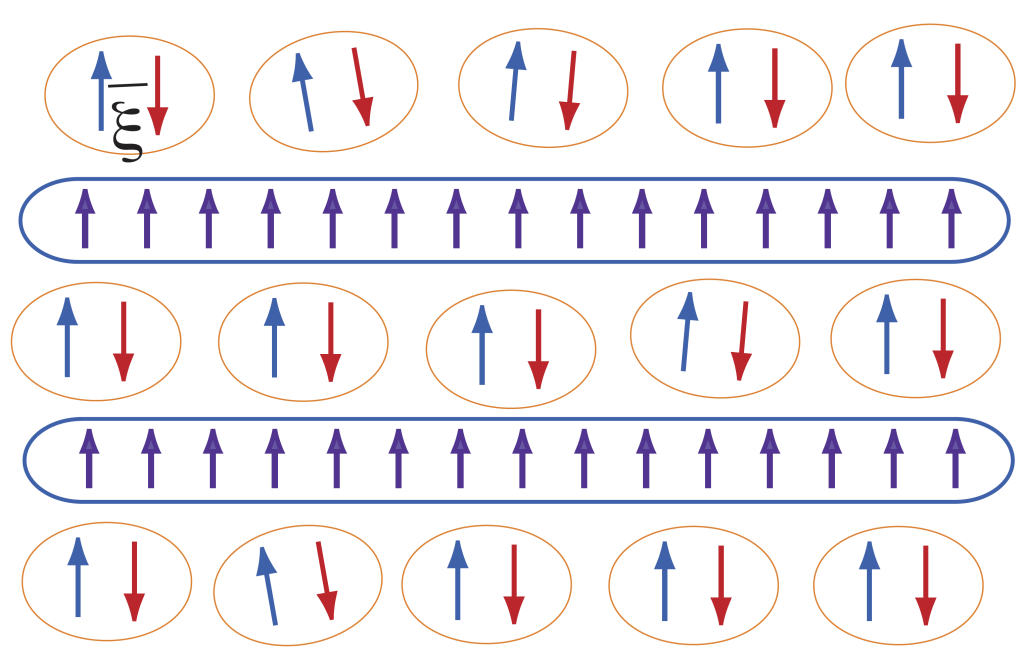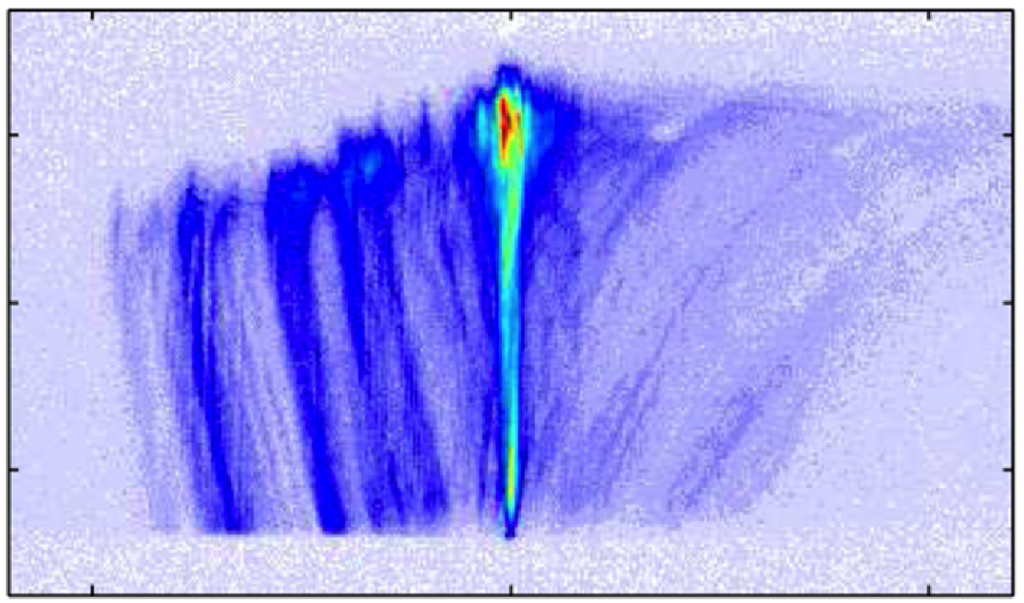FUNSIZE RESEARCH
Posts showcasing the wonder, beauty, and potential of cutting-edge materials research—freely contributed by physicists from across the country. (Funsize Physics is not responsible for any minds that are blown.)


You may know helium as the gas that can make balloons and blimps float. At the University of Maryland, scientists are using this element to study the exotic physics of quantum vortices: the tornadoes or bathtub-drain whirls of the quantum world. Knowing how quantum vortices work could help us better understand other turbulent events (like wind and ocean currents), as well as the complex physical behavior of superconductors and neutron stars.


Scientists are working to develop electronic devices that store and process information by manipulating a property of electrons called spin—a research area aptly known as spintronics. The semiconductors we are developing will not only be faster and cheaper than those used in conventional devices, but will also have more functionality.


Superconductors are materials that permit electrical current to flow without energy loss. Their amazing properties form the basis for MRI (magnetic resonance imaging) devices and high-speed maglev trains, as well as emerging technologies such as quantum computers. At the heart of all superconductors is the bunching of electrons into pairs. Click the image to learn more about the "dancing" behavior of these electron pairs!


Think of the hard disk in your computer. Information is stored there in the form of magnetic "bits." But do you know how small a magnet can be? Some molecules make magnetic magic, and these special molecules may give rise to the ultrafast, high precision, low power devices of the future.


Scientists have developed a way to engineer new forms of matter by stacking different types of layers, each only one atom thick, on top of one another.


The electric eel's ability to generate incredibly large amounts of electric power from within its body has fascinated scientists for centuries. In fact, some of the world’s first batteries were inspired by studies of this amazing animal. Now, scientists have developed a new eel-inspired energy source that may one day be used to power electronics implanted within the human body.


Diodes, also known as rectifiers, are a basic component of modern electronics. As we work to create smaller, more powerful and more energy-efficient electronic devices, reducing the size of diodes is a major objective. Recently, a research team from the University of Georgia developed the world's smallest diode using a single DNA molecule. This diode is so small that it cannot be seen by conventional microscopes.


Carbon-based nanostructures are among the most intensely studied systems in nanotechnology. Potential practical applications span the fields of medicine, consumer electronics, and hydrogen storage, and they could even be used to develop a space elevator. A research team at the University of Northern Iowa is probing the properties of multilayered carbon nanostructures known as "carbon onions."


Semiconductors are materials with properties intermediate between metals and non-conducting insulators, defined by the amount of energy needed to make an electron conductive in the material. The non-conducting electrons occupy a continuum of energy states, but two of these states (the “heavy hole” and “light hole”) are nearly identical in energy. The heavy hole is easy to observe and study, but the light hole eludes most observers.


The future of wearable electronics will be smart skins, e-textiles, and other flexible devices. To create these devices, we need new materials that can bend and stretch, but still conduct heat and electricity like traditional metals. Liquid metals to the rescue—read on to learn more!


Very small structures, much smaller than the human eye can see, often fall in the size range of nanometers. By understanding how the molecules that make up these structures interact, we can engineer them to do many special things that cannot be done at a larger scale. One exciting structure is a polymer brush, in which long, chain-like molecules called polymers are tethered at one end to a surface and stick up from the surface like bristles on a hairbrush. Polymer brushes can be used to keep bacteria away, provide an exceptionally smooth surface for items to slide across, or trap other molecules in solution like a hairbrush traps loose hair. In order to engineer polymer brushes that will perform as desired for a given application, we must understand the physics of how the molecular bristles move, and the chemistry of how they interact with their environment.


Many solid materials have a crystal structure, with atoms that exist in a particular, organized arrangement. The degree of organization can vary among crystals, however. High-quality crystalline materials are the foundation of many familiar devices, such as integrated circuits and solar cells. A better understanding of these materials and how to produce them is important for developing new technologies.


Scientists can use DNA to form nanoblocks of almost any shape and then assemble them into complex three-dimensional structures. Click to explore this fantastic new nanoworld!


You may have heard that there are three main phases of matter: solids, liquids, and gases (plus plasma if you want to get fancy). Liquids can take virtually any shape and deform instantly. Solid materials possess interesting electronic and magnetic properties essential to our daily life. But how about designing rigid liquids with magnetic properties? Impossible? Not anymore. Click to learn more!


Measurements of the three-dimensional motion of fibers in turbulent fluid flow are helping us understand the multiphase flows involved in making paper.


How can you fabricate a huge number of nanostructures in a split second? Self-assembly is a fast technique for the mass production of materials and complex structures. But before self-assembly is ready for prime time, scientists need to establish ways to control this process, so that desired nanostructures emerge from the unstructured soup of basic building blocks that are fast-moving atoms and molecules. Click here to find out how!


Biophysics is a field that applies knowledge of physics to understand and explain biological phenomena. Biophysicists study life at different levels, from atoms and molecules to cells, organisms, and their environments. They focus on questions such as how proteins function, how nerve cells communicate, how viruses invade human cells, how plants absorb sunlight and convert it into food, and so on. Biophysics has contributed significantly to improving human health in multiple ways, and the study of protein-protein interactions is an especially important biophysical topic. By exploring the molecular basis of complicated biomedical diseases, biophysicists help to develop methods to treat these diseases.


Superconductors and magnetic fields do not usually get along, but a research team led by a Brown University physicist has produced new evidence for an exotic superconducting state that can indeed arise when a superconductor is subject to a strong magnetic field. Their results could enable scientists to develop materials for more efficient memory storage, and even help to explain the behavior of distant astronomical objects called pulsars.


Ferroelectric materials generate electric fields that move charges around, just as a bar magnet produces a magnetic field that moves magnets around. Ferroelectric materials can be used for data storage to make electronics more energy efficient, but they don’t always play well with the silicon technology used in devices like phones and computers. HAFNIA TO THE RESCUE! Click to learn more.


Inside solids, the properties of photons can be altered in ways that create a kind of "artificial gravity" that affects light. Researchers at the University of Pittsburgh tracked photons with a streak camera and found that whey they enter a solid-state structure, they act just like a ball being thrown in the air: they slow down as they move up, come to a momentary stop, and fall back the other way. Studying this "slow reflection" will allow us to manipulate light's behavior, including its speed and direction, with potential applications in telecommunications and quantum computing technologies.







